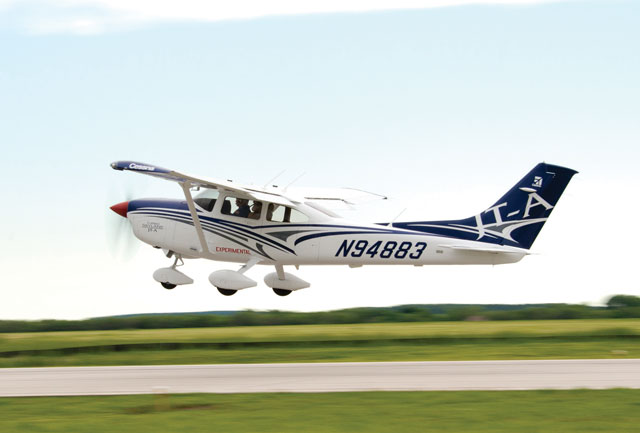An aviation rulemaking committee convened by the US Federal Aviation Administration (FAA) is recommending a range of policy and regulatory changes that could reduce certification and modification costs for general aviation aircraft.
The recommended changes would impact the design and certification of aircraft that fall under Part 23 of Title 14 of the US Code of Federal Regulations, which includes everything from single-engine pistons like the Cessna C-172 to business jets like the Citation M2.
"Streamlining the design and certification process could provide a cost-efficient way to build simple airplanes that still incorporate the latest in safety innovations," says US transportation secretary Anthony Foxx. "These changes have the potential to save money and maintain our safety standing - a win-win situation for manufacturers, pilots and the general aviation community as a whole."
 |
|---|
Cessna |
The new recommendations would streamline the certification process, hopefully making it cheaper and easier for manufacturers to incorporate safety improvements and new technological innovations. It would also make it easier to upgrade existing aircraft. "The committee's goal was to increase safety while simultaneously decreasing the cost of certification" says FAA administrator Michael Huerta.
Key amongst the committee recommendations is a suggestion that compliance with Part 23 requirements be performance-based rather than be derived from the aircraft's gross weight and propulsion system. Under the current Part 23 rules even very simple piston-engine aircraft like a Piper Cub has to meet many of the same regulatory standards as a much more complex aircraft like the Pilatus PC-12 turboprop.
According to the FAA, the same committee proposed "using industry consensus standards to define a compliance framework that can be more easily amended" to keep up with evolving aviation technology. The hope would be that such a step would encourage innovation while making sure the FAA retains safety oversight.
The FAA convened the rulemaking committee in 2008 and the process of generating the recommendations had made some industry officials impatient. The US House of Representatives passed a bill earlier this month proposing to require the FAA to implement the recommendations by 2015. A similar bill has been proposed in the US Senate, but has not yet come to a vote. The House and Senate must agree on a single version of the bill before it can be forwarded to the White House and signed into law.
Source: Flight International























